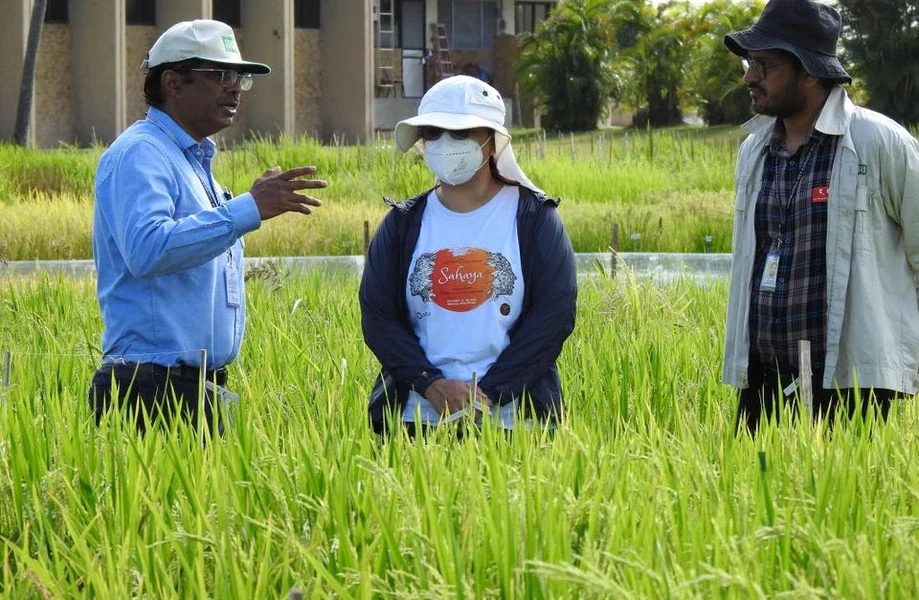Indian Scientists Search For A Safer, Greener Rice
Indian researchers at the International Rice Research Institute (IRRI) have made significant progress in developing rice varieties with lower arsenic uptake. Led by an Indian scientist, this team is now focused on creating rice varieties that produce fewer greenhouse gas emissions.
The Arsenic Dilemma
The presence of arsenic in water sources poses a significant health risk to millions of people worldwide. In countries like India and Bangladesh, contaminated water from the Himalayas flows into agricultural lands, leading to the absorption of arsenic by food crops, particularly rice, a staple in the region. As a result, developing arsenic-safe rice varieties is critical for addressing this challenge.
Dr. Ali, the head of the Hybrid Rice Development Consortium (HRDC) at IRRI, spearheaded the identification of arsenic as a key constraint in rice production in India and Bangladesh. Through strategic research and breeding efforts, the team successfully released arsenic-safe rice varieties like PR126 and BRRI dhan 69, which are now cultivated across millions of hectares in the region.
These specially developed rice varieties possess genes that reduce or prevent arsenic uptake by the plant and grains, ultimately enhancing the safety of the crop for consumption. Such advancements align with the goal of promoting healthier communities and sustainable development in the region.
Tackling Greenhouse Gas Emissions
Beyond addressing arsenic concerns, Dr. Ali and his team are channeling their efforts into developing low-carbon footprint (LCF) rice hybrid varieties. These new varieties aim to improve grain yields in less time while simultaneously reducing greenhouse gas emissions, particularly methane.
Dr. Ali underscores the potential environmental impact of widespread adoption of LCF rice varieties. By curbing methane emissions and contributing to climate change mitigation, these varieties could play a significant role in environmental sustainability.
Personal Insights
Dr. Ali’s passion for agricultural science stems from his upbringing in New Delhi, India, and his proximity to the Indian Agricultural Research Institute. His dedication to developing new rice varieties reflects a deep commitment to addressing the impending challenges posed by climate change and limited agricultural resources.
Dr. Ali emphasizes the pressing need to ensure global food security, particularly in densely populated Asian countries where rice production and consumption are predominant. As the world grapples with resource limitations, innovative solutions are paramount for the sustenance of human populations.
Unveiling Chickpea Secrets
In addition to the pioneering work on rice, another Indian scientist, Dr. Varshney, has devoted years to unraveling the mysteries of the chickpea. His research at the Centre for Crop & Food novation/ target=”_blank”>Innovation, Murdoch University, has unlocked crucial insights into the chickpea’s genome, enhancing traits such as yield, nutrition, drought tolerance, and resistance to pests and diseases.
Chickpeas are cultivated in numerous countries and serve as an essential and cost-effective source of protein, along with being rich in vital nutrients and fiber. Dr. Varshney’s identification of genomic regions and genes associated with various traits has paved the way for substantial advancements in chickpea breeding programs.
Dr. Varshney’s leadership in decoding the chickpea genome, alongside the development of a low-cost genotyping panel, has facilitated the screening of plants for desirable genes. This groundbreaking work has broad implications for enhancing the resilience and productivity of chickpea crops across the globe.
Source: forbes








No Comments